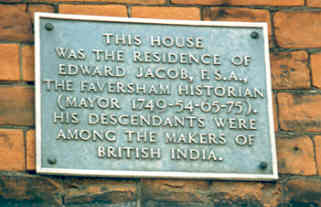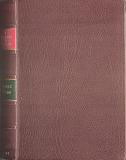EDWARD
JACOB FSA
MAYOR
OF FAVERSHAM
SURGEON,
ANTIQUARY AND BIBLIOPHILE
Baptized
9th May 1713 - Buried 26th November 1788
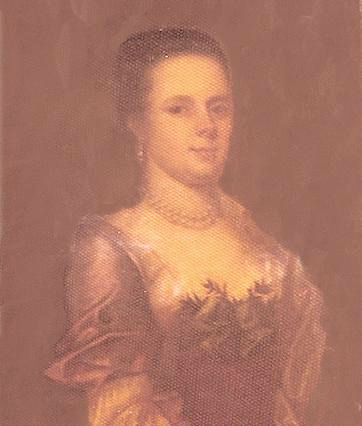
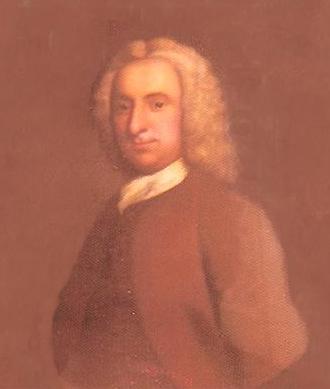
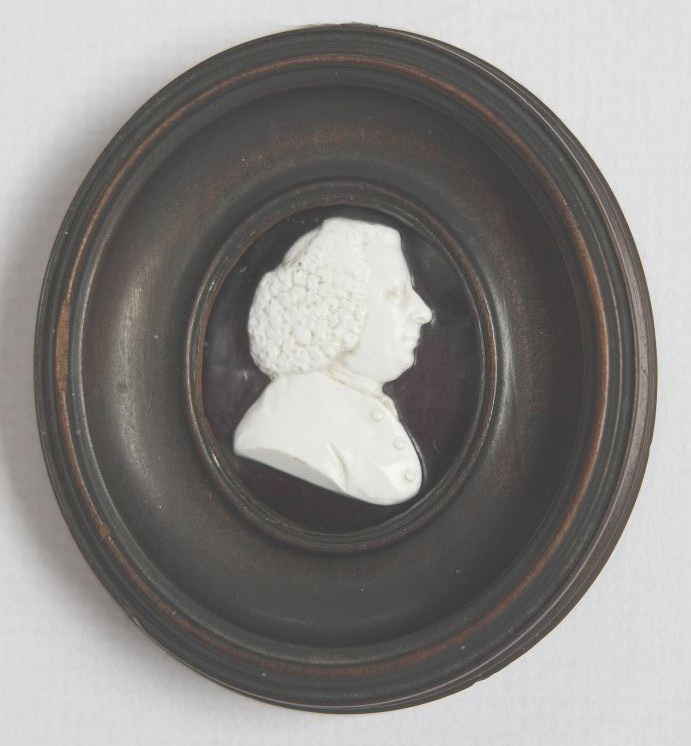
A son of Edward Jacob, surgeon of Canterbury,
he was baptized on 9th May 1713. He married first, on 4th September 1739 at
the church of All Saints in Eastchurch in the Isle of Sheppey, Margaret Rigden,
the daughter of John Rigden of St Mildred's parish, Canterbury. She had been
baptized at St Mildred's on 23rd September 1709. She had elsewhere been described
as Mrs Margaret Rigden of St Margaret's parish Canterbury, so this was possibly
her second marriage. She was buried on 20th January 1749 at Faversham. With
her he had but one child, a daughter Mary, who was baptized on 30th November
1743, and buried on 2nd February 1744.
Edward
married as his second wife Mary Long, of St Mary's
Sandwich, by licence on 15th August 1750 at Woodnesborough; she was the daughter
and heiress of Captain Stephen Long of
Deal and Sandwich, who had died in 1726, and Mary
Solly, of Sandwich, who died in 1725. She was buried at Faversham on 14th
March 1803. They had children:
He
has variously been described as an Antiquary, Bibliophile, Scientist, Botanist
and Fossil Collector. He commenced his surgical apprenticeship to his father
Edward in 1728. In 1735 he moved to Faversham, where he practised as a surgeon.
He published a number of papers and books.
The
first, in 1770, was a re-print of the 1592 edition of the play "The lamentable
and true tragedie of M Arden of Faversham in Kent, who was most wickedlye
murdered, by the means of his disloyall Wyfe, who for the love she bare to
one Mosbie, hyred two desperat Ruffians Blackwill and Shagbag , to kill him...".
In the preface he states he believes that this was the first play written
by William Shakespeare, a suggestion put forward by others over the next two
centuries. Research conducted over the past five years does not rule out this
possibility (see Wikipeadia: Arden of Faversham).
1774
saw his 'Plantae Favershemiensis' appear, 1777 his 'History of the Town and
Port of Faversham'. It was ordered that the sum of 10 guineas be paid to him
on 16th June 1774; this towards the expense of the plates for his town history
(CKS-Wardmote minutes-Fa/A/C). He was elected a Fellow
of the Society of Antiquaries in 1755. He was mayor of Faversham on four occasions,
namely, 1749, 1754, 1765 and 1775. He was also deputy mayor of Faversham on
at least one occasion, in 1783. Papers exist concerning his resignation as
deputy mayor, from the offices of jurat and freeman, to give evidence in a
Corporation lawsuit (CKS-Fa/A/O/14).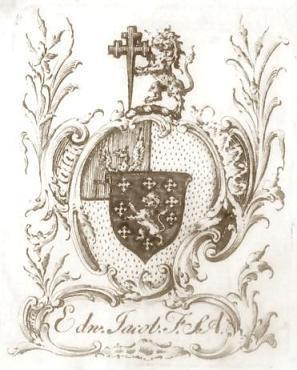
For
many years he lived at his practise at 76 Preston Street. He is listed as
a member of the Royal College of Surgeons of London from 1778 until his death
ten years later, described in the first two years as Edward Jacob, junior,
of Faversham. The above mentioned premises now bear a blue plaque bearing
a dedication in his memory. The house is diagonally opposite the Fleu-de-Lis,
which houses the Faversham Society Heritage Centre. His house in Preston Street
dates back to circa 1400, probably being then a small jettied hall house,
with a wing attached. During his tenure he had the property refronted with
mathematical tiles and a parapet (Report on the property NGR:
TR 01586122). His practise must have prospered, for he was able to
buy a number of estates. For a bill presented by him to Lord Sondes, please
click here (by kind permission
of the Faversham Society). He also was resident surgeon at the Faversham
Gunpowder Works, as was his son Edward after him.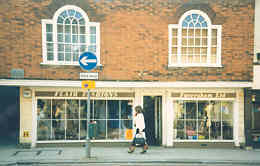
In
1752 he purchased the manor of Nutts, near Leysdown in the Isle of Sheppey.
A few years later in 1757 he acquired the manor of Cades, known as Lorenden,
from Thomas Mantel, a surgeon of Chatham. And then six years later, in 1763,
he bought the manor of Sextries alias Nackington, just outside Canterbury.
Unbeknown to him, this had been held by ancestors of his some 400 years earlier.
His
motto at the time was 'quod verum atque decens curo et rogo' which roughly
translates to 'I seek and ask about that which is true and befitting'. An
avid collector of books, he built up a splendid library, which regrettably
was sold after his death. The auction which took place over four days and
was held by the forefunners of Sotheby's. There are but a handful of the sales
catalogues left and they show mouth-watering prices by today's standards for
some very rare books.
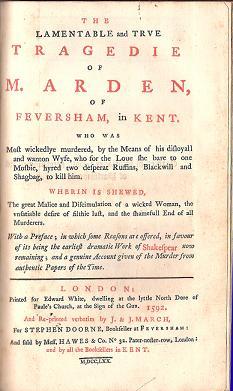 He
was presented by the mayor, jurats and commonality of Faversham with a large
silver cup, which he bequeathed to his son Edward. When Edward the younger
died this passed together with a gold medal that had been presented to his
father to his nephew Philip Whittington Jacob 'to be preserved in the family
as a memorial of the respected memory of his grandfather'. What has happened
to these I don't know. I do know, however, from notes made by Edward Jacob,
his grandson, that a fire at Philip's house destroyed the paper and manuscript
archives of our family, which had been held there. A manuscript in my possession
to this effect is dated 1851. What else was destroyed we know not.
He
was presented by the mayor, jurats and commonality of Faversham with a large
silver cup, which he bequeathed to his son Edward. When Edward the younger
died this passed together with a gold medal that had been presented to his
father to his nephew Philip Whittington Jacob 'to be preserved in the family
as a memorial of the respected memory of his grandfather'. What has happened
to these I don't know. I do know, however, from notes made by Edward Jacob,
his grandson, that a fire at Philip's house destroyed the paper and manuscript
archives of our family, which had been held there. A manuscript in my possession
to this effect is dated 1851. What else was destroyed we know not.
His
will was dated 11th October 1782, by which he left all his property to his
widow Mary, for the term of her life. She died on 7th March 1803. Under the
terms of his will the Lorenden estate, with its two cottages, land and wood,
amounting to 54 acres, passed to his eldest son Edward, who had also been
his business partner. He also left him his house on the west side of Preston
Street, in Faversham. Edward also inherited his father's half share in a property
in Egerton, that had descended to them from Amos Jacob MD, and which was to
pass to him on the death of his sisters Sarah Savage and Ann Jacob. This was
a lodge and 14 acres of land. His estate at Eastchurch, in Sheppey, he left
to his daughter Mary Jacob. All his other property, after the death of his
widow Mary, was to be shared equally amongst his five surviving children,
as tenants in common, namely Ann, the wife of Thomas Bridges, Edward Jacob,
Mary Jacob, Stephen Long Jacob and John Jacob.
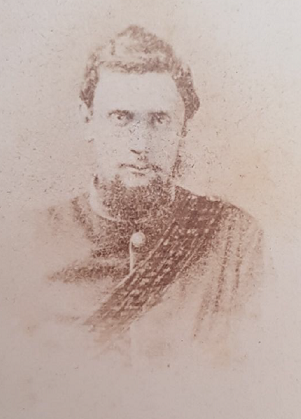
A photograph of a painting of Edward Jacob
Links:
Stemmata Chicheleana, Oxford, The Clarendon Press, 1760 & 1765, in 2 Volumes.
Pedigree written in ca 1851 by Edward Jacob his grandson (Jacob MSS).
Various deeds and other documents (Jacob MSS).
William H George, Edward Jacob (1713-1788), Surgeon and Apothecary, Botanist,
Antiquarian, Bibliophile, Fossil Collector.....© 2001 ISBN 0 9534092
3 6 .
Hasted, Edward, History of Kent.
Sir Bernard Burke, Ulster King of Arms, 'A Selection of Arms Authorised by
the Laws of Heraldry', London 1860.
Pedigree registered with the College of Arms.
Pedigree published ca 1840 (anon).
Various pedigrees ca 1850 and later (Jacob MSS)
Gentleman's Magazine 1788 and 1803.
Various parish registers and wills.
Royal College of Surgeons: A list of members.



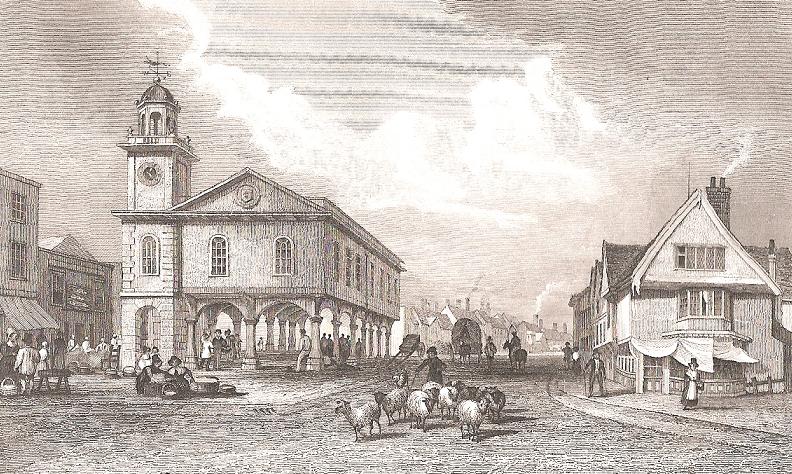


 He
was presented by the mayor, jurats and commonality of Faversham with a large
silver cup, which he bequeathed to his son Edward. When Edward the younger
died this passed together with a gold medal that had been presented to his
father to his nephew Philip Whittington Jacob 'to be preserved in the family
as a memorial of the respected memory of his grandfather'. What has happened
to these I don't know. I do know, however, from notes made by Edward Jacob,
his grandson, that a fire at Philip's house destroyed the paper and manuscript
archives of our family, which had been held there. A manuscript in my possession
to this effect is dated 1851. What else was destroyed we know not.
He
was presented by the mayor, jurats and commonality of Faversham with a large
silver cup, which he bequeathed to his son Edward. When Edward the younger
died this passed together with a gold medal that had been presented to his
father to his nephew Philip Whittington Jacob 'to be preserved in the family
as a memorial of the respected memory of his grandfather'. What has happened
to these I don't know. I do know, however, from notes made by Edward Jacob,
his grandson, that a fire at Philip's house destroyed the paper and manuscript
archives of our family, which had been held there. A manuscript in my possession
to this effect is dated 1851. What else was destroyed we know not.
.jpg)
